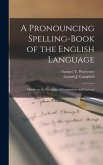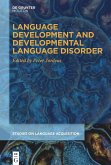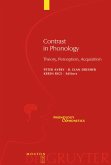In research on Information Structure, there is an ongoing discussion about the role of contrast.
While most linguists consider contrast to be compatible with both focus and topic, some argue that it is an autonomous IS category. Contrast has been shown to be encoded by different linguistic means, such as specific morphemes, adverbials, clefts, prosodic cues. Hence, this concept is also related to other domains, in particular morphosyntax and prosody. The precise way in which they interact is however not yet entirely clear. Moreover, from a methodological point of view, the identification and annotation of contrast in corpora is not straightforward.
This volume provides a selection of articles discussing the definition of contrast, the importance of distinguishing different types of contrast, the use of several encoding strategies, and the annotation of contrast in corpora using the Question Under Discussion Model. The contributions offer data on English, French, French Belgian Sign Language, German, Hindi, Italian and Spanish.
Hinweis: Dieser Artikel kann nur an eine deutsche Lieferadresse ausgeliefert werden.
While most linguists consider contrast to be compatible with both focus and topic, some argue that it is an autonomous IS category. Contrast has been shown to be encoded by different linguistic means, such as specific morphemes, adverbials, clefts, prosodic cues. Hence, this concept is also related to other domains, in particular morphosyntax and prosody. The precise way in which they interact is however not yet entirely clear. Moreover, from a methodological point of view, the identification and annotation of contrast in corpora is not straightforward.
This volume provides a selection of articles discussing the definition of contrast, the importance of distinguishing different types of contrast, the use of several encoding strategies, and the annotation of contrast in corpora using the Question Under Discussion Model. The contributions offer data on English, French, French Belgian Sign Language, German, Hindi, Italian and Spanish.
Hinweis: Dieser Artikel kann nur an eine deutsche Lieferadresse ausgeliefert werden.

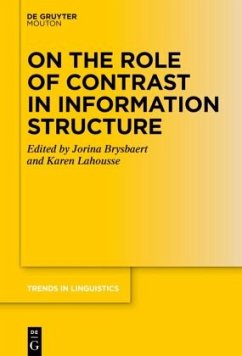
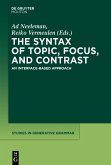
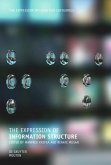
![A Complete Manual of Spelling on the Principles of Contrast and Comparison [microform]: With Numerous Exercises A Complete Manual of Spelling on the Principles of Contrast and Comparison [microform]: With Numerous Exercises](https://bilder.buecher.de/produkte/65/65640/65640624m.jpg)
